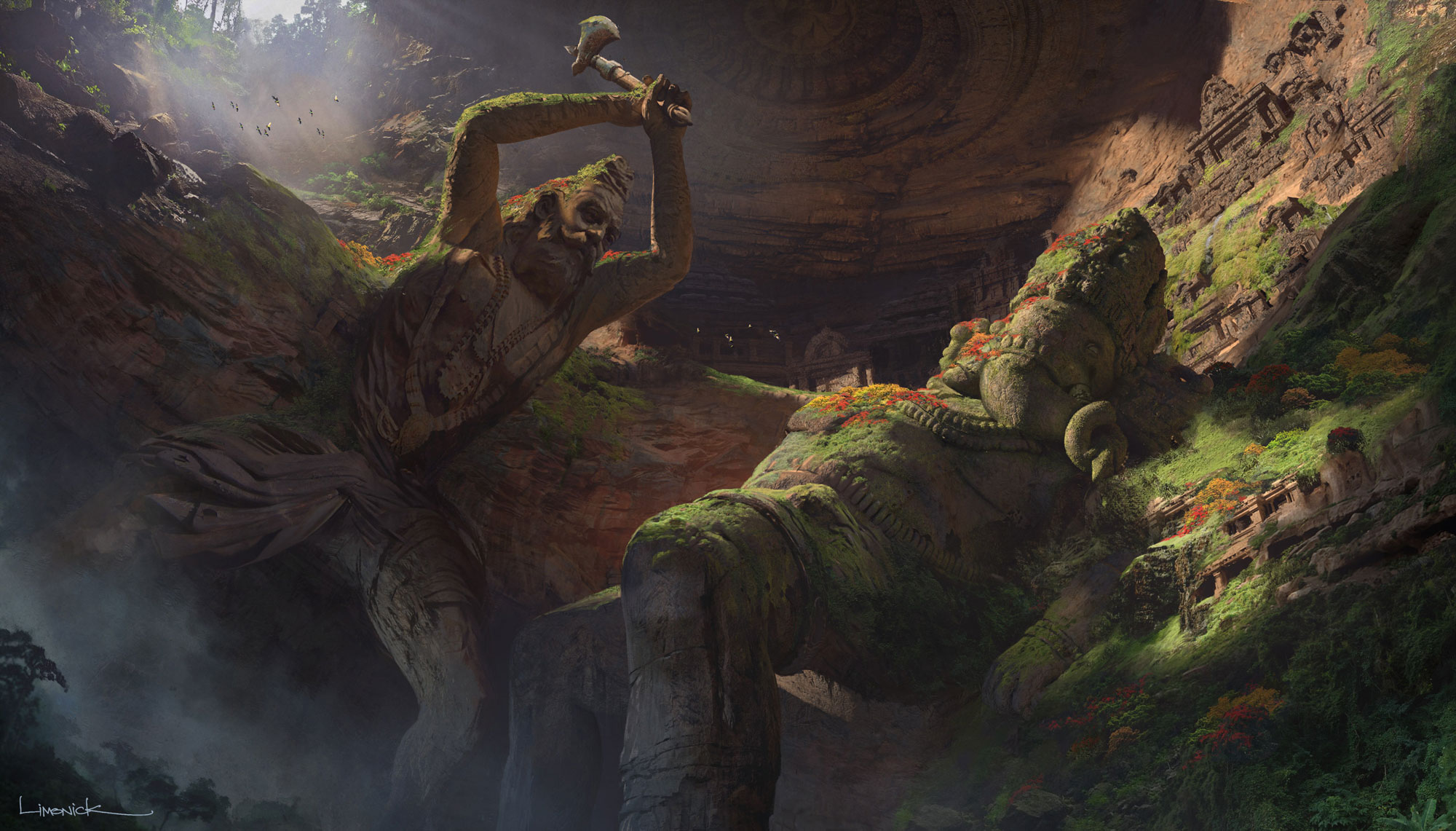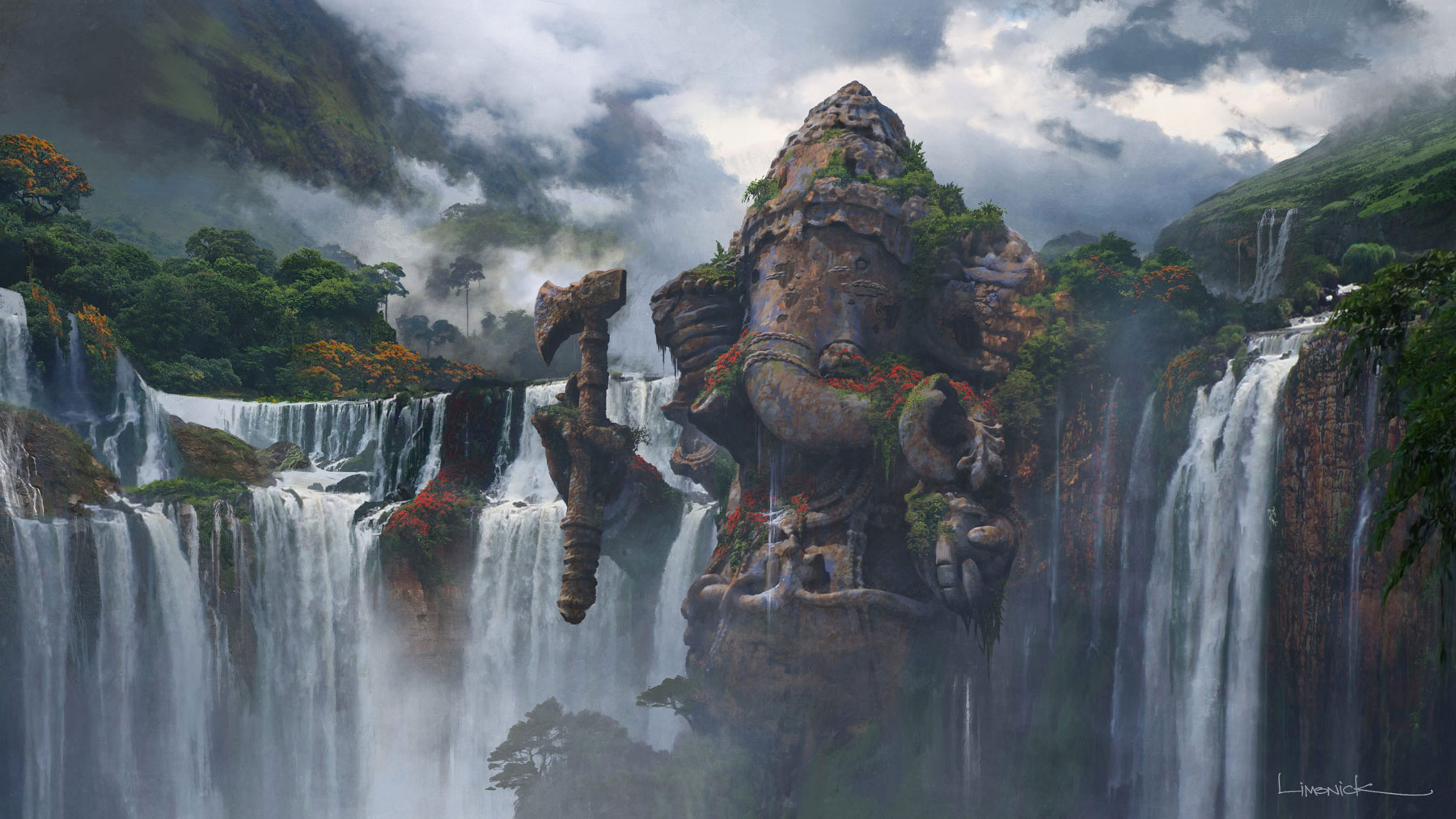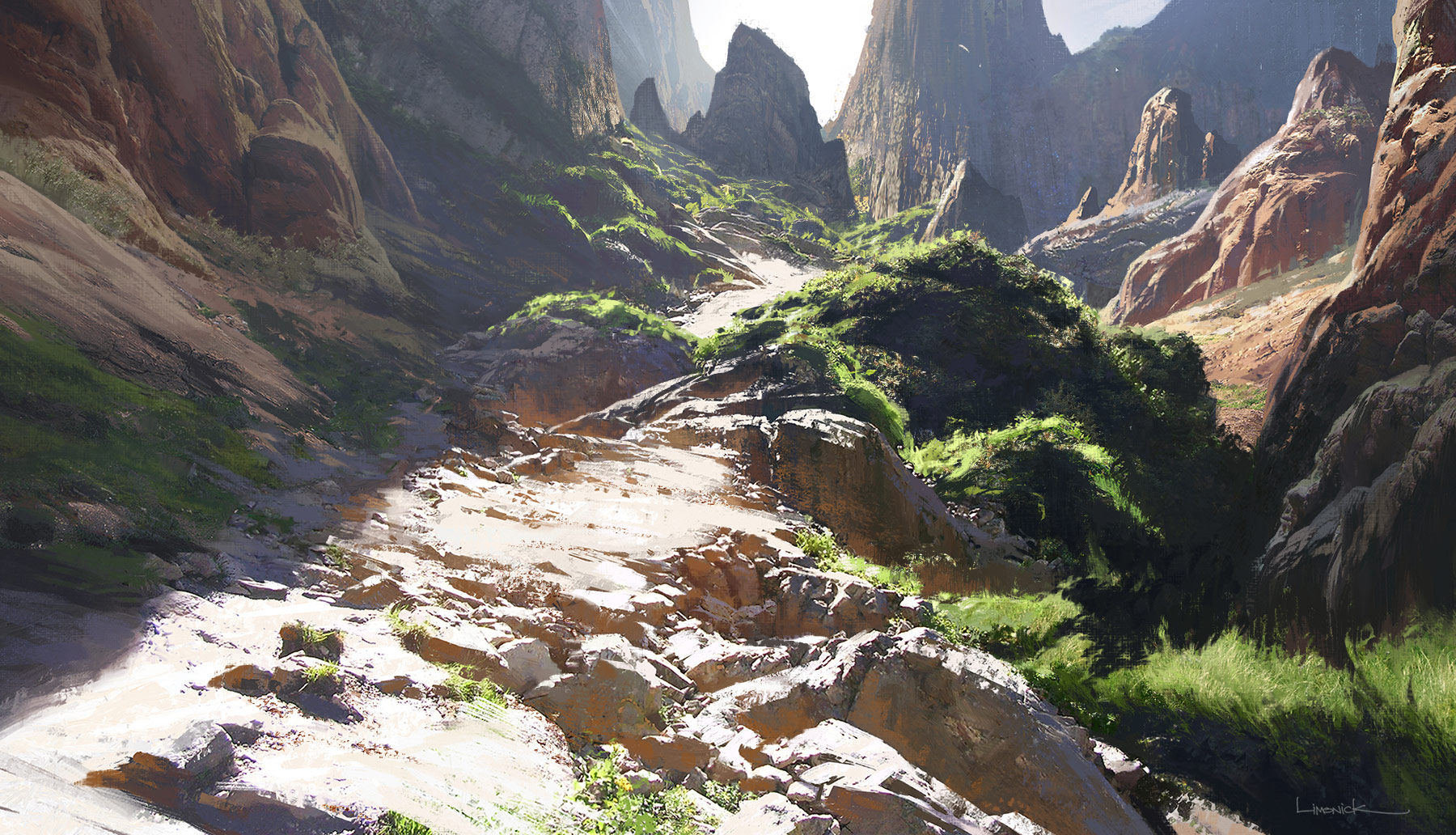
The ArtStation Masterclasses begin next week – That’s 2 weeks of online access to Q&A with industry all-stars and over 20 hours of expert instruction. Don’t miss your chance to register!
Sign Up
Masterclass instructor Aaron Limonick was born and raised in Los Angeles and has worked on feature films, feature animation, television, theme park design, fashion, advertising, and VR. In 2011, he joined Sony at Naughty Dog Inc. and was a Lead Concept Artist on Uncharted: The Lost Legacy, 2017, and now is in development on The Last of Us: Part II.
In this course, Aaron will demonstrate the critical importance of a complete design process. From traditional ideation sketching and exploration, students will learn how to bring personality and a feeling of depth and history to their designs. Then, using 3d Coat and Modo, initial ideas will be brought into a 3d space where many refinements can easily be made, and the foundation of a finished rendering is built. Lastly, using Photoshop, the 3d rendering will be completed into a final illustration that maintains the character and intent of the very first sketch.

What inspired you to follow a career as an artist?
I always knew I loved art since I was a small child, but my parents are the ones who saw this and encouraged me in this direction for my whole life. Being exposed to film production and design production, I saw that jobs like these are actually viable and exciting careers, contrary to popular belief in society or what is the common focus in school. However, I only knew that I wanted to be in a creative environment, and that I drew all the time. That was where my direction ended, because at that time I didn’t know about all the great careers that were available to an artist or illustrator. Now people can be very agile in there careers, switching between genres and mediums, which I would never have guessed would be a reality. This makes me grateful to be involved in such a great industry with constant expansion and opportunity for growth.
Tell us about one of your most valuable learning experiences.
My most valuable learning experience has always been my failures. I always force myself to venture into new territory, which is very uncomfortable for a certain time in the beginning. For me, this is often an attempt to strengthen my weaknesses, but ultimately it leads to a new feeling of excitement when conquering something new. Ten years ago, one of my mentors put me through a traditional gauntlet of industrial design using only pencil and paper that I will never forget. This showed me just how many holes I had in my skill overall, and I decided to lean into the process and struggle every day for a solid year. By combining my painting and illustration background with more functional design thinking, this year of hard learning played a vital role in developing my style as it stands today. Thanks to my friend and mentor, the late Norm Schureman, and to Farzad Varahramyan for teaching me everything I know about design.

What are some problems or mistakes you often see beginners make when designing environments?
I think the #1 mistake young artists make in environment design is that they over-complicate the process to the point of utter confusion. What I mean is, they have a serious lack of reference or planning, combined with attempting an ambitious image that is far beyond their experience level. I always advise students to find a few artists they wish to emulate and soak up everything they can by studying and combining those influences. However, that is not to say that anyone should literally copy an artist, or attempt something that has too many obstacles to overcome. This is often discouraging and simply not a productive experience most times. I feel the solution is to keep 70% of the image in the “comfort zone”, and let 30% venture out and pose new problems to solve. I really think this is a good goal for young developing artists, and is one that sets constant and reasonable goals to reach.

What’s one thing those who follow your ArtStation Masterclass can expect to learn?
In my masterclass I’ll be demonstrating how to keep the feeling and character of a basic thumbnail sketch as the process becomes more rendered and complex. The sketch is the basic game-plan, which can change along the way, but provides us with both a script to follow and a unique challenge. The challenge is that as a painting gets more finished, a lot of us have the tendency to stiffen up and lose that initial energy or gesture. I learned this in my studies as a traditional painter, and it is almost more prevalent when bringing digital mediums and 3D art into the process. My goal is to show everyone how to conquer this problem, while still creating finished work that can be used in many different sub-disciplines of concept art and illustration.
Find out more about ArtStation MasterClasses.
Follow Aaron on ArtStation.






















